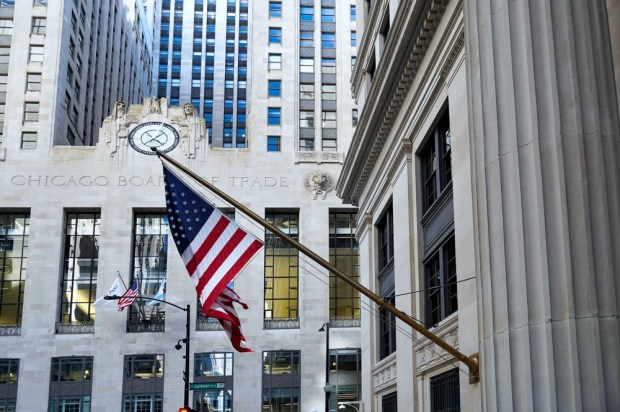US Bank Deposits Rise, Signaling Easing of Pressure From Withdrawals

Deposits at U.S. banks rose last week but remain below where they were in March.
The deposits rose to $17.22 trillion in the week ended June 14, up from $17.20 trillion a week earlier, the Federal Reserve reported Friday (June 23).
The $17.6 billion week-over-week increase showed that the pressures from deposit withdrawals have eased, Seeking Alpha reported Friday.
For the month of May, deposits at U.S. banks were gauged at $17.19 trillion, which was up from $17.18 trillion in April but down from $17.37 trillion in March, according to the Federal Reserve report.
Banks had been seeing some turbulence as customers drew down on their deposits in recent months.
As PYMNTS reported on June 2, bank customers had been spurred to grab what they could after seeing the collapse of Silicon Valley Bank and Signature Bank, together with the debate and fear that depositors’ uninsured funds might be lost.
Beyond that, rising interest rates have led consumers to move money to things like money market funds for greater returns.
In May, the Federal Deposit Insurance Corp. (FDIC) said that banks saw their deposits fall by $472 billion in the first quarter — the worst decline in the nearly 40 years that the agency has compiled that data.
Friday’s Federal Reserve report also said that loans at the banks increased last week, rising to $12.11 trillion in the week that ended June 14, a figure that was up from $12.09 trillion the previous week.
For May, loans were $12.13 trillion, up from $12.11 trillion in April, the report said.
It was reported on June 1 that merchants are having trouble getting new loans, seeing credit lines cut or facing higher borrowing costs, longer waits and greater scrutiny because of banks imposing tougher lending standards.
Those experiences were backed up by a Federal Reserve Board study of senior loan officers that found nearly half of the banks saying they had tightened loan standards for small businesses in the past three months, the Wall Street Journal reported June 1.
Consumers have also been affected as they have seen their credit lifeline grow taut.
